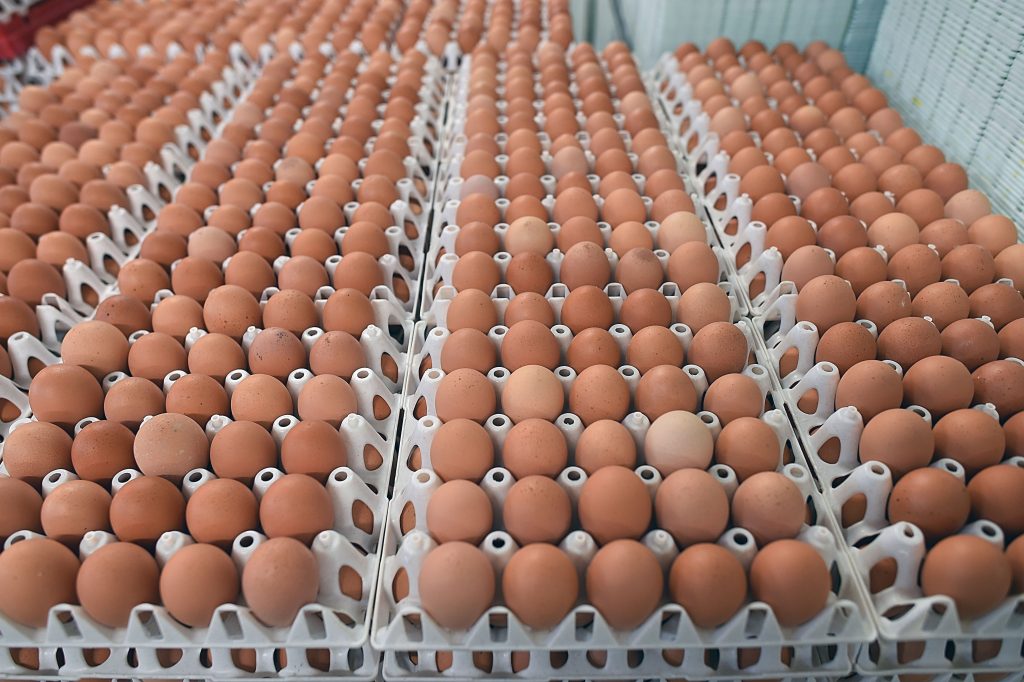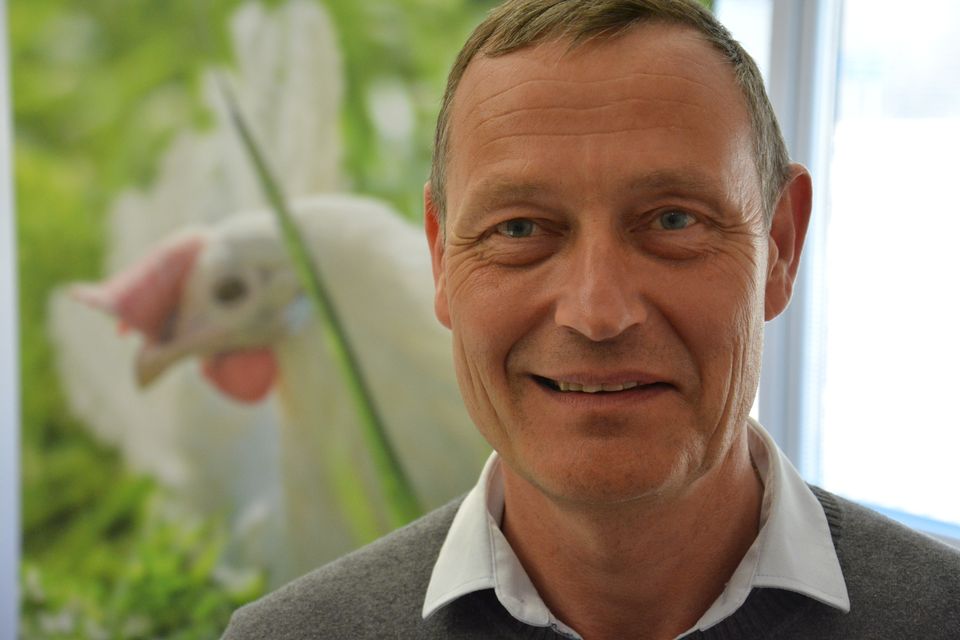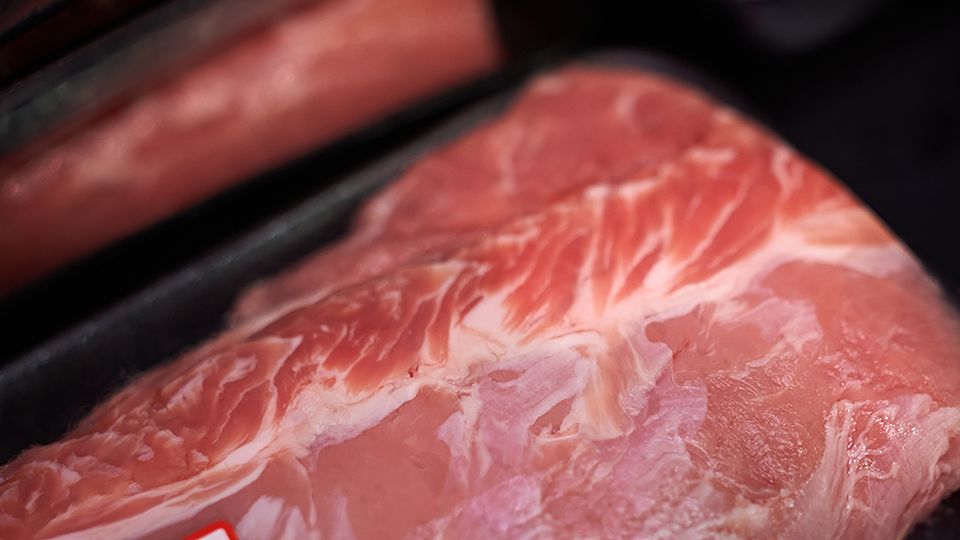Quality key to Finnish food industry’s success in Asia

Finland’s food exports are growing briskly. In 2016 Finland exported 1.5 billion euros’ worth of foodstuffs, surpassing 1.6 billion last year. The public research funding agency Business Finland expects that to grow beyond 1.7 billion this year.
One Finnish food producer that has been expanding its sales in Asia is Munax, an egg packer from Laitila, near Turku, in southern Finland.
Japan has allowed imports of Finnish eggs and egg products since early March. Last year Hong Kong permitted such imports, and negotiations are now underway with South Korea.
Munax CEO Janne Torikka says there is growing demand for Finnish food products in Asia.
“Finnish eggs are ethically produced. They are pure, without salmonella or antibiotics. These provide a sales advantage on the Asian markets,” he says.

Munax’s R&D department has come up with new egg products such as liquid egg whites, egg butter and egg-based smoothies. The company hopes to enter the Japanese and Hong Kong markets with such processed items, aimed at hotels, restaurants and other institutions.
“So far we have sent test batches, but there will be bigger deliveries towards the end of this year,” says Torikka.
Munax has been exporting egg products to European countries for years, with about 10 percent of its output being exported.
Food safety offers export edge
Finnish producers are now focusing on the Asian markets with help from Business Finland’s Food from Finland programme, the food safety agency Evira and the Ministry of Agriculture and Forestry.
“The opening of Asian markets for egg products is a good thing, because we have overproduction,” says Esa Wrang, director of Business Finland’s Food from Finland programme.
Broiler products have already been exported to Japan for some time. Finland’s virtual lack of salmonella and bird flu is a selling point for Finnish poultry products. The country was also unaffected by last year’s incidents of insecticide poisoning of eggs elsewhere in Europe.
“Food safety definitely gives Finland an export edge in faraway markets,” says Wrang.
Quality over quantity
Finnish pork has also found its way onto the Chinese market. One of the biggest Finnish meat producers, Atria, has already sold pork there, and rival HKScan sent its first delivery in late April.
“Finland cannot become a major supplier on these markets. The aim is to offer high-quality products rather than to try to compete with bulk meat over there,” explains Wrang.

Besides Asia, food exporters are also focusing on Europe and the Middle East. Further afield, Finnish dairy giant Valio has recently made its first deliveries to South Africa, and there are hopes of a pork sales permit there within the next few months, Wrang tells Yle.
There is also foreign interest in Finland’s largely disease-free livestock from a breeding standpoint as well. For instance, notes the agriculture ministry, Finnish pig sperm is being sold in Japan.
Adapting to Russian sanctions
Expanding food exports is a key project for the current government, led by the rural-based Centre Party – formerly the Agrarian League – with a goal of doubling food exports by 2020. That target was however set before economic sanctions and counter-sanctions by the EU and Russia over the Ukraine crisis slashed Finnish food exports. Before that, Russia was a major market for Finnish food products.
“I believe that food exports will continue to grow. The core question is whether we reach three billion euros. What’s essential is that we’re on a growth track,” says Wrang.
Neighbouring Sweden is now Finland’s biggest customer for food exports, accounting for about one fifth of them. Meanwhile the Nordic neighbours have teamed up on food exports, hoping that a partnership will help both to boost sales further afield.
Related stories from around the North:
Canada: Arctic nations and fishing powers sign ‘historic’ agreement on fishery, Radio Canada International
Finland: Finland’s exports up by 15% in 2017, Yle News
Iceland: Meeting in Iceland discusses banning unregulated Arctic fishery, Eye on the Arctic
Norway: Norway serves the world 36 million meals of seafood every day, The Independent Barents Observer
Russia: Russian Aquaculture buys another Norwegian smolt producer to boost its production in Murmansk, The Independent Barents Observer
Sweden: Record numbers for Swedish wild salmon, Radio Sweden
United States: Investors bet on farmed kelp being Alaska’s next seafood export, Alaska Dispatch News



